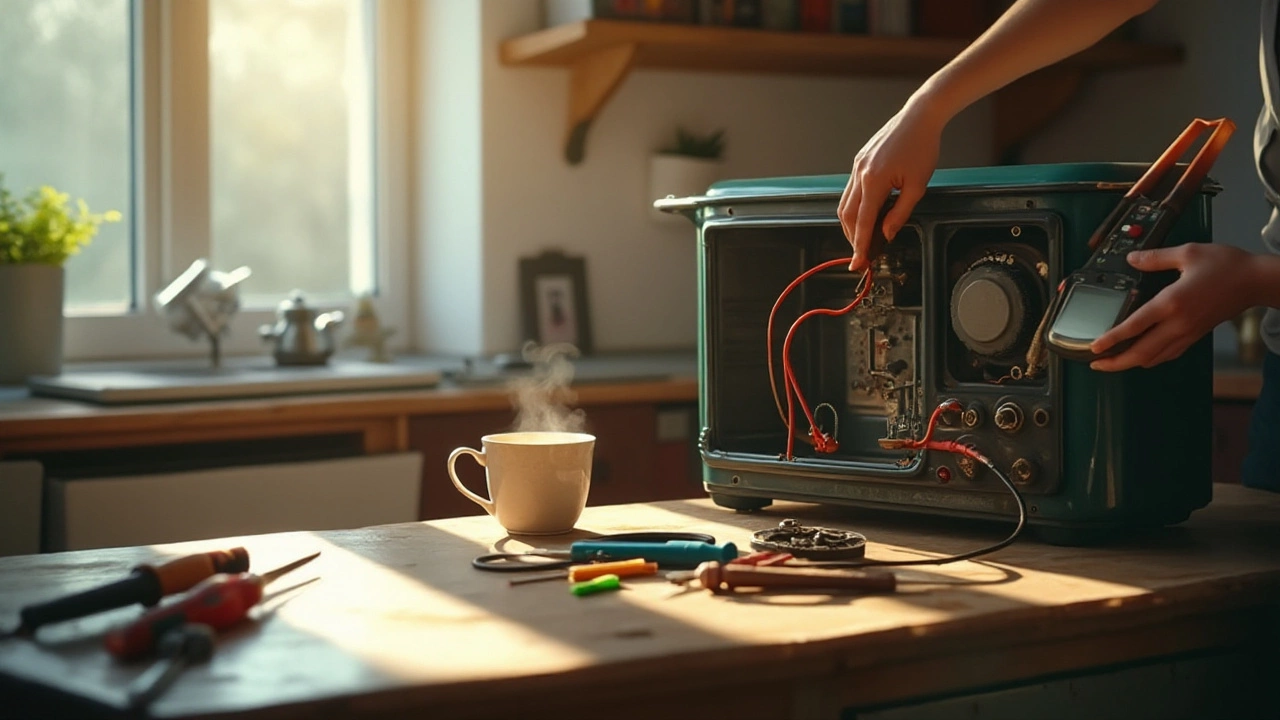Kitchen Appliance Guide: Fix, Maintain, and Know When to Replace
Did you know a simple cleaning can save you hundreds on repair bills? Most kitchen appliances break down because of dust, grease, or a tiny part wearing out. This guide gives you straight‑forward steps to troubleshoot the most common problems with ovens, dishwashers, and hobs, plus clear signs that it’s time to call a professional.
Quick Fixes You Can Do Today
Oven that won’t heat: First, check the power supply and make sure the circuit breaker isn’t tripped. If the oven lights but stays cold, the heating element is likely faulty. Unplug the unit, remove the rear panel, and look for a broken coil. A replacement element is cheap and easy to fit with a screwdriver.
Dishwasher not draining: Pull out the filter at the bottom and clean out food bits. Then inspect the drain hose for kinks or blockages. If water still pools, the pump may need a new impeller – a part most DIY stores carry.
Hob not turning on: For electric hobs, test each zone with a multimeter; a dead zone usually means a burnt‑out element. Gas hobs often suffer from clogged burners; a soak in warm, soapy water clears the blockage in minutes.
When to Call the Experts
Even the best DIYer should know their limits. If you smell gas, see sparks, or the appliance makes loud grinding noises, stop immediately and call a qualified repair service. Professional technicians have the tools to safely test gas valves, replace sealed motor bearings, and certify work for insurance purposes.
Another red flag is age. Most ovens last 12‑15 years, dishwashers 10‑12, and hobs about 15. If your appliance is nearing these milestones and repairs are costing more than a third of a new unit, it’s usually smarter to replace.
Regular servicing can push life expectancy further. Schedule a check‑up once a year: a quick clean, a safety test, and a parts inspection keep everything humming. It also helps catch tiny issues before they become expensive breakdowns.
Remember, the cheapest fix isn’t always the best. A quick seal replacement on a dishwasher can stop leaks that would otherwise ruin cabinets. Similarly, tightening a loose oven door hinge improves heat distribution and cuts energy use.
Got a stubborn problem? Write down what you’ve tried, note any error codes, and share that with your repair tech. Clear communication saves time and often the cost of an unnecessary service call.
Keeping your kitchen appliances in top shape doesn’t have to be a mystery. With a little routine care and the right know‑how, you’ll enjoy reliable cooking, cleaning, and reheating for years to come.
